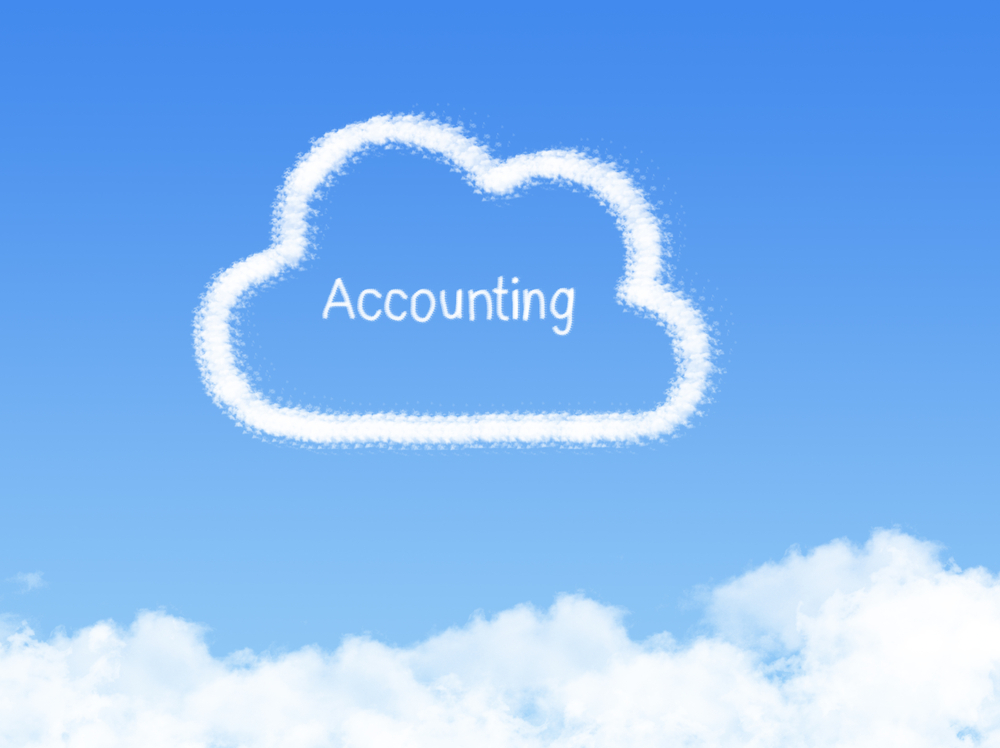
The Many Hats of Small Business Owners
April 9, 2019
What is Cloud Accounting
June 12, 2019
It depends on how much business driving you do. In cases where business use is minimal, a company owned vehicle is simply a tax nightmare.
The Bumpy Ride from Phantom Income
On company owned vehicles, CRA imputes phantom income to the employee as follows:
- Standby Charges – Calculated with reference to the purchase price of the vehicle (if owned) or the manufacturer’s suggested retail price (MSRP) for a leased vehicle.
- Operating Cost Benefit – Calculated in relation to the company paid outlays like gas, repairs and insurance, etc.
In either case, you must include this phantom income depending on the extent to which the vehicle is used for business purposes. If you don’t drive more than 1,000 KM per month on business AND have more than 50% personal use, the standby charge is a big number – the more expensive the car, the bigger the number gets. The kicker is, as your car depreciates each year, the standby charge income stays high based on the original price you paid (or MSRP, if leased).
A Typical Road Travelled
Consider a typical scenario. A vehicle costing the company $40,000 is used 365 days a year by an employee (maybe the owner) who drives it to and from work (which is NOT business use) for a total of 30,000 personal KM a year. The automobile benefit for this employee is $18,000 each year. This amount is taxed at the same rate as salary and must be included on the employee’s T4. If the automobile is used for five years, the benefit will remain at $18,000 even though the vehicle is depreciating over time. Over five years there would be $90,000 reported on this employee’s T4, even though the original cost of the vehicle was only $40,000!
Driving the Point Home
If you want to reduce the standby charges and operating cost benefit because you believe you are using your vehicle a lot for business purposes, buckle up for a tough drive! CRA requires you to maintain an accurate mileage log as proof of the percentage you use your vehicle for business. Also, if your phantom income is not reported properly, a CRA audit is sure to ensue, along with penalties and interest – we see this all the time!
The bottom line to our opening scenario, is that it makes better sense for the employee to buy the vehicle and ask for a tax-free mileage reimbursement for business KM’s driven at CRA’s allowed per KM rate. No T4 implications, no phantom income, no complex reporting, no hassle. They simply keep track of the few business KM’s to support their expense claim. Done and done!
If you’re contemplating a business vehicle, we suggest giving us a call to discuss the tax implications. In the meantime, use this Automobile Benefits Online Calculator and start steering yourself in the right direction today. https://apps.cra-arc.gc.ca/ebci/rhac/prot/ntr.action


